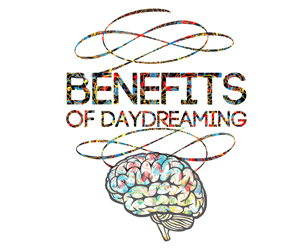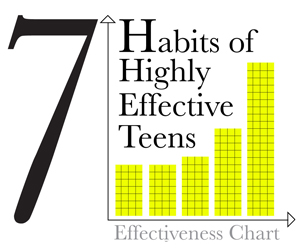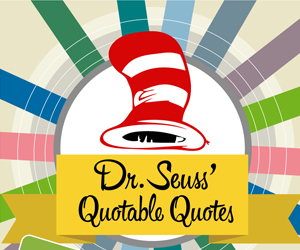
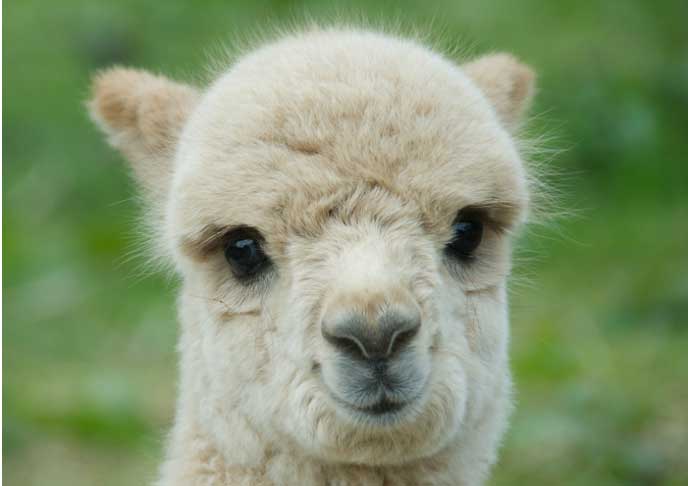
Looking at cute creatures floods our brains with feel-good chemicals. The science behind the cutesy faces is simple: we like baby animals because we are biologically programmed to like human babies, and we need to like our human babies so that we take care of them, ensuring the human race lives on.
There are certain features that a lot of baby mammals have in common and these are the triggers that make our hearts melt and go ‘sooooooo cute’. Among others, big eyes and fuzzy, podgy bodies push our buttons. Babies have these traits, as do puppies, along with many other things that you might not even notice.
Spending time with animals helps improve humans’ quality of life
Studies have shown that the human-animal interaction can help to reduce stress, with a simultaneous decrease in blood pressure and cortisol (a stress hormone) levels. Interactions with animals can provide emotional and physical health benefits for diverse human populations, including the elderly, children, physically disabled, deaf, blind, emotionally or physically ill patients. Animals have also been found to serve as a source of diversion during anxiety-provoking procedures such as physical examinations and invasive procedures.
The Animal-Assisted-Activities (AAA) sessions help to improve people’s overall quality of life. AAA is the use of animals – often dogs but sometimes other animals such as cats – to provide opportunities for motivation, education, or recreation to enhance the quality of life of persons in need, through human-dog interactions.
One organisation that provides such sessions is Healing Paws. It was started in January 2014 and aims to provide comfort and warmth to persons in need via AAA. With proper training and guidance, animals can be taught to reinforce rehabilitative behaviors in clients, such as throwing a ball, walking or even performing simple tricks that involve the participation of the clients. For clients who are experiencing pain and undergoing medical treatments, the presence of the therapy animals can be soothing, providing a relief from anxiety, fear and loneliness.
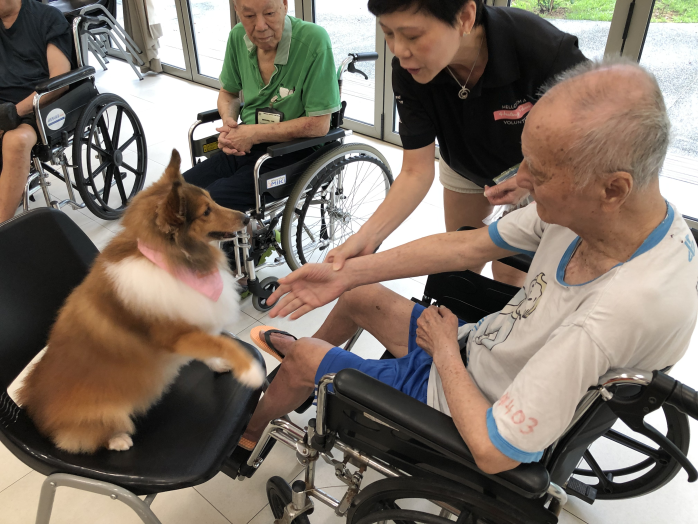
Image taken from: https://aic-mosaic.sg/content/images/2019/01/paws2-1.png
It has also been established that children can receive positive benefits from AAA in class settings. Children are found to be more engaged with animals rather than a human being because animals seem non-judgmental to them. Animals are perceived as comforting, helping to raise children’s self-esteem and thereby making it easier for them to express themselves.

Was your experience with animals generally a positive or negative one?
How would you describe your interactions with animals?
Sources:
https://www.howitworksdaily.com/the-science-of-cute-why-do-we-find-baby-animals-so-adorable/
https://sosd.org.sg/community-outreach/healing-paws/
Suggested Videos:












